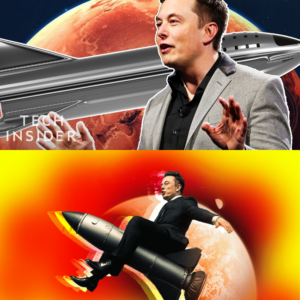NASA astronauts Barry ‘Butch’ Wilmore and Sunita Williams have been stranded on the International Space Station (ISS) since June, 2024
NASA’s most talked-about space mission is finally coming to an end as Barry Wilmore and Sunita Williams embark on their long-awaited return home.
Given that the pair were only supposed to be on the International Space Station (ISS) for eight days, they have been stranded there since June 2024.
Their mission was extended due to technical issues with the spacecraft, and an alleged political reluctance to bring them home, according to the likes of Wilmore, Elon Musk and Donald Trump.
On 7 March, President Trump promised to bring them back to Earth with the help of his SpaceX sidekick.
“Biden left them up there,” Trump told reporters in the Oval Office.
“We have two astronauts that are stuck in space. I have asked Elon (Musk), I said, ‘Do me a favour. Can you get them out?’ He said, ‘Yes’.”
Now, their extended 286-day mission is finally set to come to an end as Williams and Wilmore have officially begun their 17 hour return journey aboard a SpaceX Dragon capsule, which undocked from the ISS at 05:05 GMT on Tuesday.
This means that they are expected to land at their planned splashdown site off the coast of Florida at around 21:57 GMT.
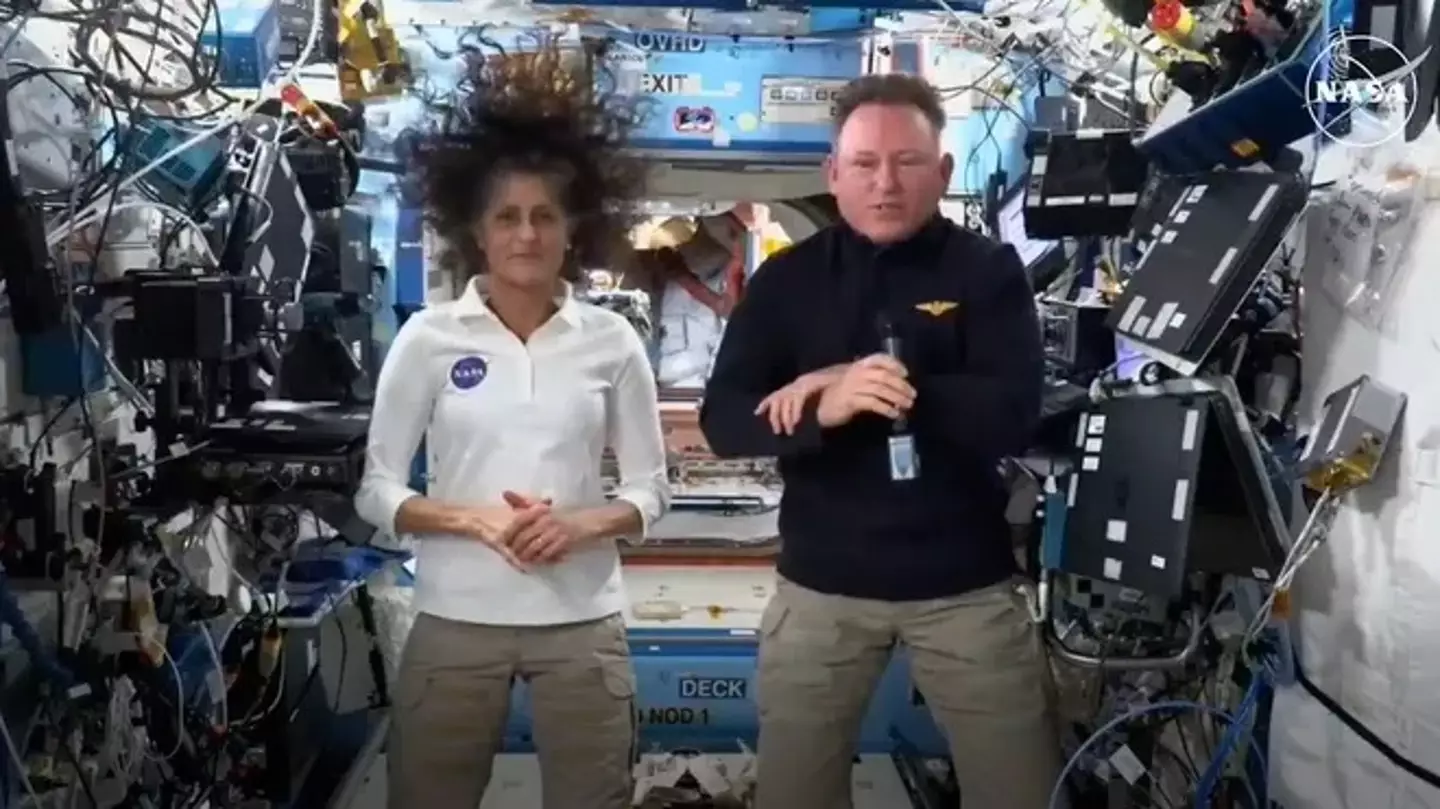

NASA astronauts Barry ‘Butch’ Wilmore and Sunita Williams have been stranded on the International Space Station since June 2024 (NASA)
While we can only imagine how difficult it’s been to be stuck up there for so long, Wilmore insisted that the pair were well equipped to do just that.
“We came up prepared to stay long, even though we plan to stay short. That’s what we do in human space flight. That’s what your nation’s human space flight programme is all about,” he said.
Williams, however, said this could be her last ever space mission.
“I think just the fact that we’re living up here, in this very unique place, gives you an amazing perspective,” she said. “I don’t want to lose that spark of inspiration when I leave, so I’m going to have to bottle it somehow.”
This comes after the pair were asked in a press conference if the Biden administration declined Musk’s offer to bring them back earlier.
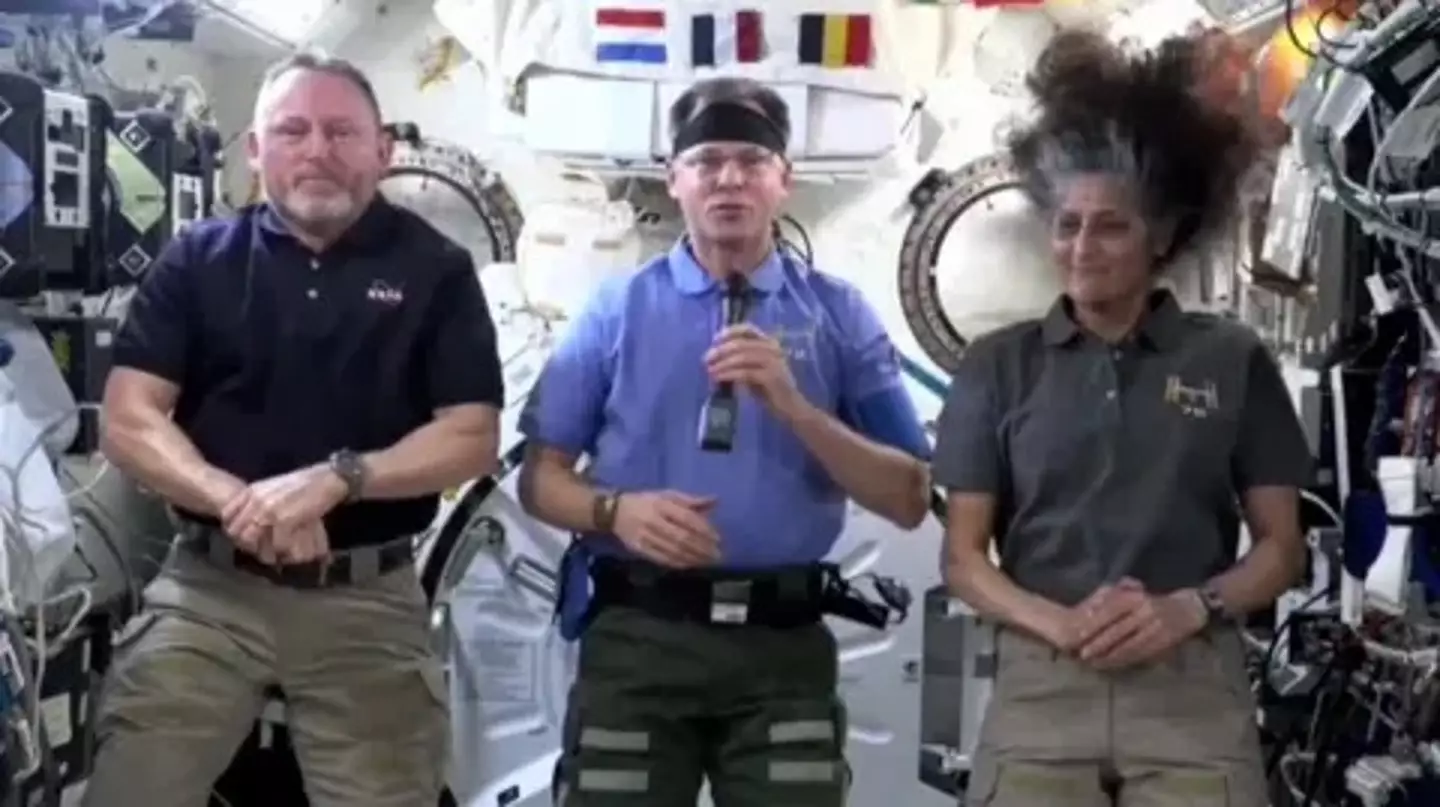

They’re finally coming home! (NASA)
“I can only say that Mr Musk, what he says, is absolutely factual,” Wilmore claimed.
“So I believe him. I don’t know all those details, and I don’t think any of us really can give you the answer that maybe that you would be hoping for.”
Musk said on X: “The astronauts were only supposed to be up there for eight days and now have been there for eight months.
“SpaceX could have sent up another Dragon and brought them home six months ago, but the Biden-Harris White House (not NASA) refused to allow it.
“President Trump asked to bring them back as soon as possible and we are doing so.”

How long stranded NASA astronauts could survive on ISS if all life on Earth was destroyed
Space is about to get very lonely in our hypothetical scenario
Here is how long an astronaut could survive on the International Space Station if the rest of humanity ceased to exist.
The never-ending saga to bring stranded NASA astronauts Butch Wilmore and Suni Williams home from the space has hit another roadblock, after it was confirmed yesterday that the mission to retrieve the pair had been delayed once again.
They were only meant to be there for eight days, but have been on the ISS for nine months.
Following the news of delay, inquiring minds have begun to wonder how long an astronaut would be able to survive on the ISS, leading to today’s morbid scenario — how long could an astronaut survive in space in the event of a global disaster?

Without Earth, how long could astronauts survive on the International Space Station? (Getty Stock Images)
In our imaginary scenario, the Earth – and all living things on it – have been wiped out by a major extinction event while the seven astronauts on the ISS could do nothing but watch on.
Once the crew had come to terms with the loss of their loved ones and everything that’s ever existed on our home planet, focus would likely turn to survival.
How long could an astronaut survive on the ISS if Earth was destroyed?
The grim subject was broached by YouTuber and educator Vsauce who explained that breathable oxygen is recycled on the station through electrolysis, while rationed food means they could last for around two years before going hungry, depending on when the last supply ship docked.
NASA previously stated that all food pinged into the cosmos must have a shelf-life of at least one year, although in this scenario we don’t think expired food would be high on your list of concerns.
Astronauts on the ISS once had to go eight months without restocking food, water and other supplies after three successive supply missions failed, the space agency said. So there have been real scenarios where they’ve had to go for long periods without supplies from Earth.
However, food and air aren’t the most pressing concerns. Although you’d likely argue whether or not there’s a point to carrying on while knowing your ultimate fate.
So if lack of food or oxygen wouldn’t kill our spacefaring explorers, what would?
Turns out it would be something called orbital decay.
According to Vsauce, the ISS could likely last for around 15 months before crashing into Earth, stating: “The first thing they would run out off… would be altitude.”
The ISS orbits around 260 miles (418 km) above, but dips closer to the planet due to a combination of the Earth’s gravitational pull and a low level of oxygen which slows the ship down.
However the ISS orbit is usually set back on course by periodic reboots from supply ships.
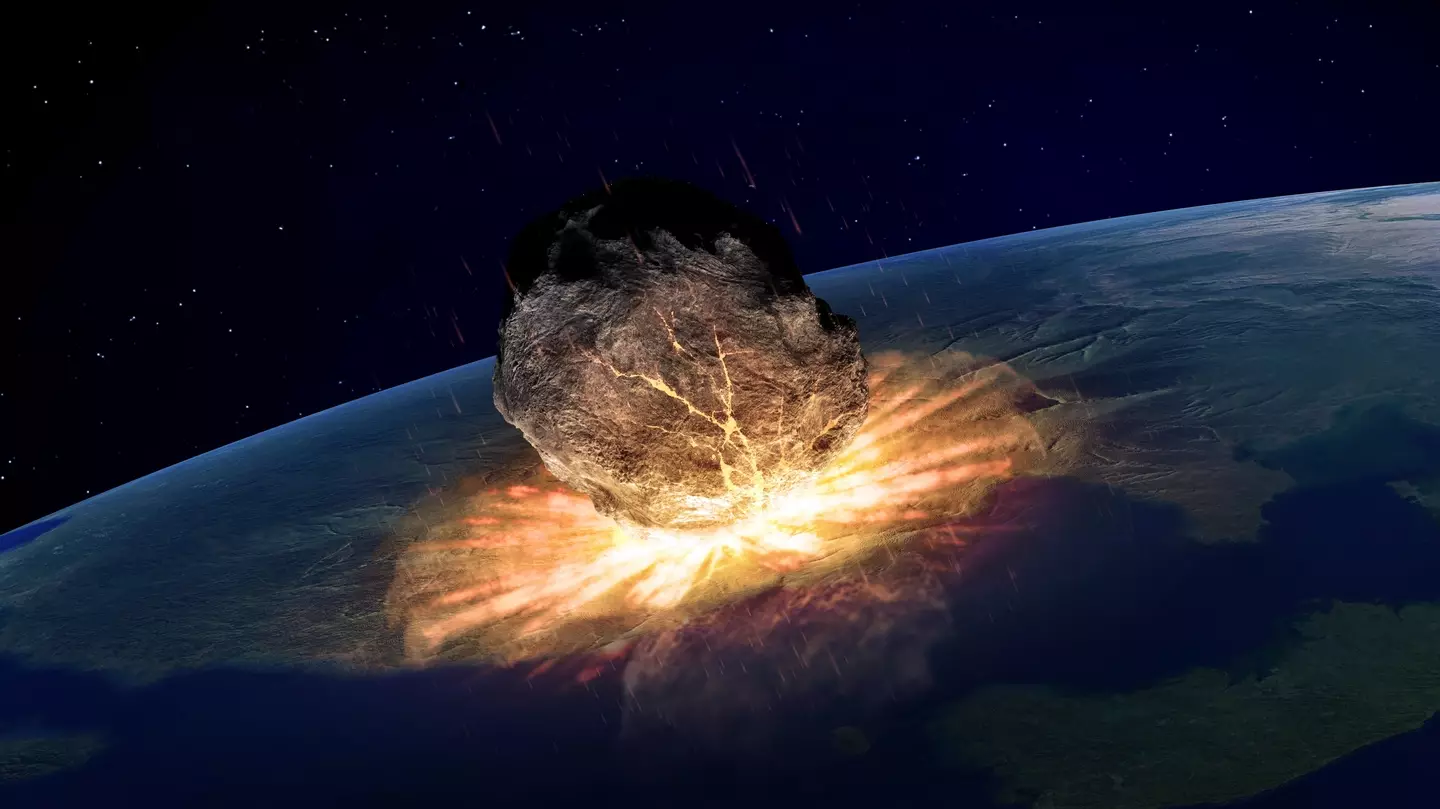

If Earth faced an extinction event then our astronauts wouldn’t be too far behind (Getty Stock Images)
According to NASA’s 2024 Space Station Transition Plan, the agency predicts the ISS would last for roughly ‘roughly one-to-two years’ without reboots before it burned up in the Earth’s atmosphere, therefore making the YouTuber’s prediction about right.
But this still doesn’t answer the biggest question of our hypothetical scenario — would the astronauts even want to survive this long while knowing what awaited them?
Featured Image Credit: (NASA)
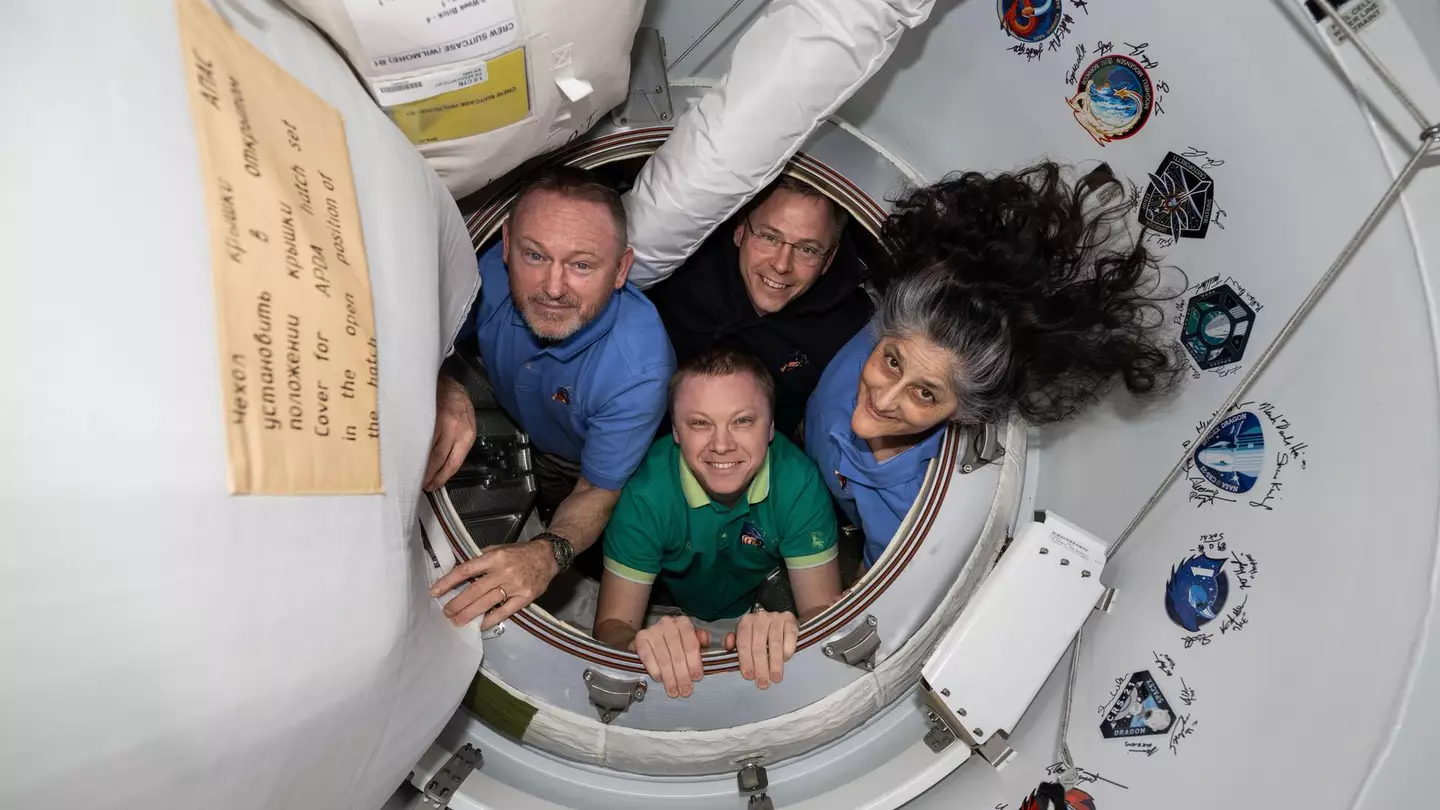

Relative Articles
None found

